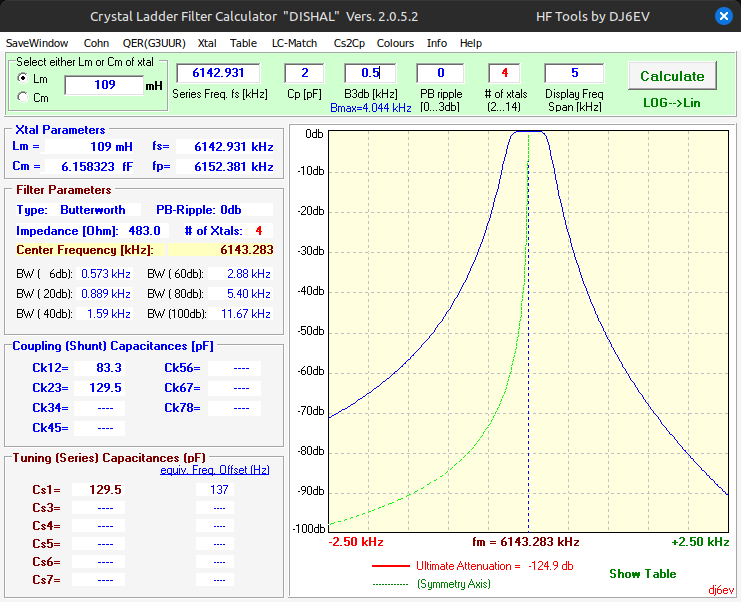Hello, good to talk to you again! I’m going to keep this brief, because I’m feeling a bit crummy and I’m pretty sure I’m coming down with an illness.
First, some tentative good news. I did find and get accepted to a new contract job very similar to what I was doing before. However, the onboarding has not been going as smoothly as I was hoping, and I’m a little concerned this also may not pan out, but I’ve at least got a little bit of hope for now. Still, I wouldn’t mind any leads on more secure work to pursue, if you know of any…
Also, I haven’t been totally away from the RF design game these last few weeks. I was toying with the idea of working on that Rockmite-like DC transceiver, but after thinking about it a bit, I realized I could probably make a simple superhet transceiver for just a bit more total cost. So that’s what I’ve been working on.
The design is the classic superhet, utilizing two MAX2681 mixers for the front end and the product detector. Front end filtering is done with a typical double-tuned circuit and the audio chain consists of the op-amp design that I was using in the simple MAX2681 direct conversion receiver in recent posts. In digging through my component bins, I found some crystals that looked quite nice, with a Q of around 170000 and C0 of 2.0 pF. The DISHAL program simulation predicted that a 4-crystal IF filter made with these would give a nice sharp roll-off for a filter of that order, and an ultimate attenuation of about -120 dB. I can’t verify the ultimate attenuation with the sweep from the spectrum analyzer, but you can see that measured filter response from the filter that I built closely matches the simulation.
Putting all of these together with a Si5351A Breakout Board wired up as the LO and BFO, and it makes for a decent recevier. It did take me quite a bit of tweaking the support components for the two mixers in order to get it working ideally, but after putting that effort on the qualitative side of things, the receiver sounds fairly nice and is plenty sensitive. I’ve also been working on a simple “ear saver” AGC circuit, which should make for its own standalone post some time later. That was interesting, to be sure.
So things are still a bit dicey here, and I’m still not quite done with the work that I need to get done on my new office outbuilding before the rainy season comes, but I’m confident that I’ll be in a better place soon. I’m eager to get a fully-working transceiver up and running as soon as I possibly can, so that I can have a flagship product for the newly revamped Etherkit. The things I am learning in this design will also be fed back into Project Yamhill so that I can get over my blocks in that design and start getting an initial working system in some testing. Thanks again for joining me in this journey!








Thanks for the update -- and your hard work. Best 4 sure!
T